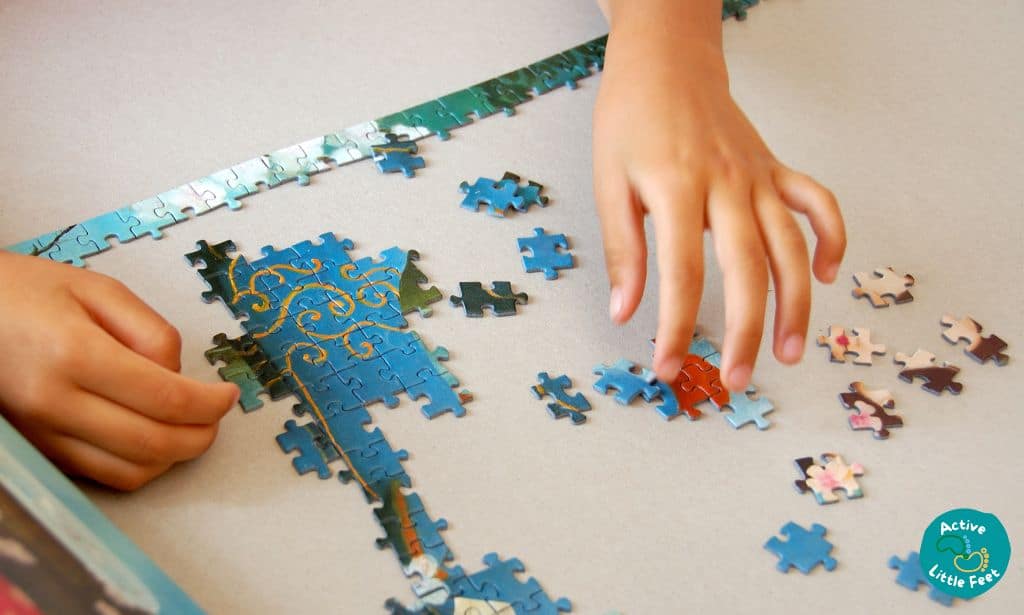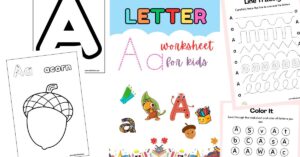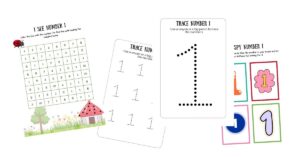How many pieces should a puzzle for a 3 or 5, or 10-year-old have?
We touched lightly on this in a previous post about how puzzles help kids’ brain development. There, we said the main prerequisite is choosing an age-appropriate puzzle that won’t be too easy or too challenging for the child. This is because the power of a puzzle will only work if the child successfully completes it and has fun in the process.
The number of pieces in the puzzle plays a huge role in how easy or difficult a puzzle is. But it’s not the only factor. You must also consider the size and type of the pieces, the material and the image type, and of course, the shapes.
For instance, toddlers require puzzles with big, block-like pieces made of wood because they stuff everything in their mouths. They are also still learning about colors and shapes, so the puzzle must be very clear.
On the other hand, kids above the age of 8 need a little bit of a challenge, or they’ll get bored. This is where complicated pictures and shapes come in, and they can also handle small-sized pieces.
But let’s go back to the topic now, shall we?
We shall look at the appropriate number of puzzle pieces each age group can handle and also touch on other aspects.

How Many Puzzle Pieces for 0-1 Year Old?
As we said previously, you can introduce your kid to puzzles as soon as they learn how to sit up and play with toys. Around 6-8 months is an excellent place to start.
At this age, the best puzzle should have 1- 3 huge and chunky pieces. Ideally knob puzzles are the best because they are easy to grab. You also want wood because of the eating.
These one-piece knob puzzles from Amazon would be a great start for your one year old.
And since the kid’s eyesight is still new, go for high-contrast images like white and black or bright primary colors.
How Many Puzzle Pieces for 1-3-Year-Old Toddlers?
Toddlers can graduate to 5-16 piece puzzles if they can comfortably do a 4-piece. However, they still need chunky knob pieces made of wood since they still eat them. Terrific twos are also very destructive, so you want indestructible toys.
While you still want to choose puzzles with simple images, clear colors and clean lines, consider the image more. This is a learning stage, so you want to use everything you can to teach the kid about the world. Pick puzzles with animals, vehicles, natural elements and people.
Another important aspect for this age group is practicing their pincer grip as they prepare for school. Peg puzzle pieces will be better than knobs because they help the child practice gripping an item with their fingers.

How Many Puzzle Pieces for 3-5-Year-Olds?
By age 3, a child can manage a 24-piece puzzle. 4 and 5-year-olds can even do a 48-piece puzzle if they have been exposed to puzzles for a long time. The secret at this age is to choose pictures of things they are interested in.
Preschoolers have just started getting specific interests in certain cartoons, mythical creatures, toys, animals or hobbies. Figure out their interests and get that puzzle. Luckily, you no longer have to worry about the material of the puzzle pieces unless your child still puts stuff in their mouth.
However, they still require high-contrast images with bright colors, clearly outlined figures and big pieces. This puzzle from Amazon is a good place to start.
How Many Puzzle Pieces for 5-8-Year-Olds?
These are elementary school kids who can tackle a 180-piece puzzle with experience. At this age, they have grasped concepts such as shapes, lines and colors, so they can do irregularly shaped puzzles.
This means you can include puzzles with low contrast areas like grass expanse, sky, water and roads. Kids at this age are also very fast-paced, and they get bored fast if the activity is not challenging or exciting enough.
You therefore need to get puzzles that pose a bit of a challenge and have a few puzzles to interchange and kill monotony. I personally like this one since it’s a bundle puzzle.

How Many Puzzle Pieces for 8-11-Year-Olds?
First, pre-teens have little to no interest in puzzles. This is an age that prefers friends, gadgets, and physically building or rather destroying things, especially boys. If you want them to still do puzzles, it has to be the right amount of challenge and excitement and also a social thing.
Ideally, they can handle 200-500 small, complicated pieces, especially working with somebody else. Get puzzles with fascinating works such as beautiful landscapes, art, design, or a new car.
You can also figure out what your kid is into lately. And if you can find a way to make it more fascinating with things like glow paint or hidden messages, go for it. For instance, an under-the-sea puzzle is great for kids who love sea animals.
My advice is to make completing puzzles a social affair. For instance, have a father-son moment tackling the puzzle together over a fun conversation. It can also be something the kid does with their friends on your recommendation of course.
Can Puzzles Hurt Your Child?
Age-appropriate puzzles with the right number of pieces, material and image concepts cannot hurt your child. On the contrary, they help to develop a child’s physical and mental capabilities.
That said, the wrong puzzle can do more harm than good. If the puzzle is too hard, for instance, the child will start questioning their capabilities and give up. A puzzle that’s too easy may not bring any harm, but they do not have the beneficial effects that only solving a challenge brings forth.
Digital puzzles can also be harmful when done excessively. Even with the known benefits of solving puzzles, prolonged screen time is still a big problem that causes sleep issues and other mental problems. We recommend traditional, mechanical puzzles here at Active Little Feet.
What if They Start While Older?
Choosing the right puzzle for your child is the secret to successful completion and enjoying this educational activity. But as you rely on the information outlined here, remember that every child is different.
You must assess the child’s ability to tackle puzzles, regardless of age. If they get their first puzzle at the age of 8, a 200-piece complicated puzzle can be a bit much. Start them off with something simpler and maybe lesser pieces.
Finally, make tackling puzzles a family thing. Even after you have shown the child how to do puzzles successfully, make a point to still play with them because it’s great for bonding.




